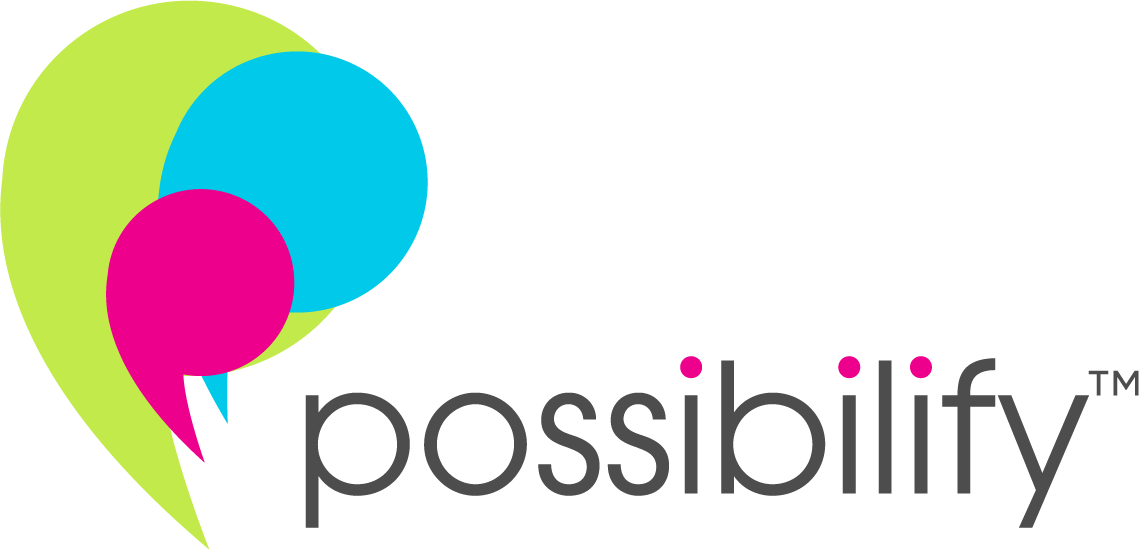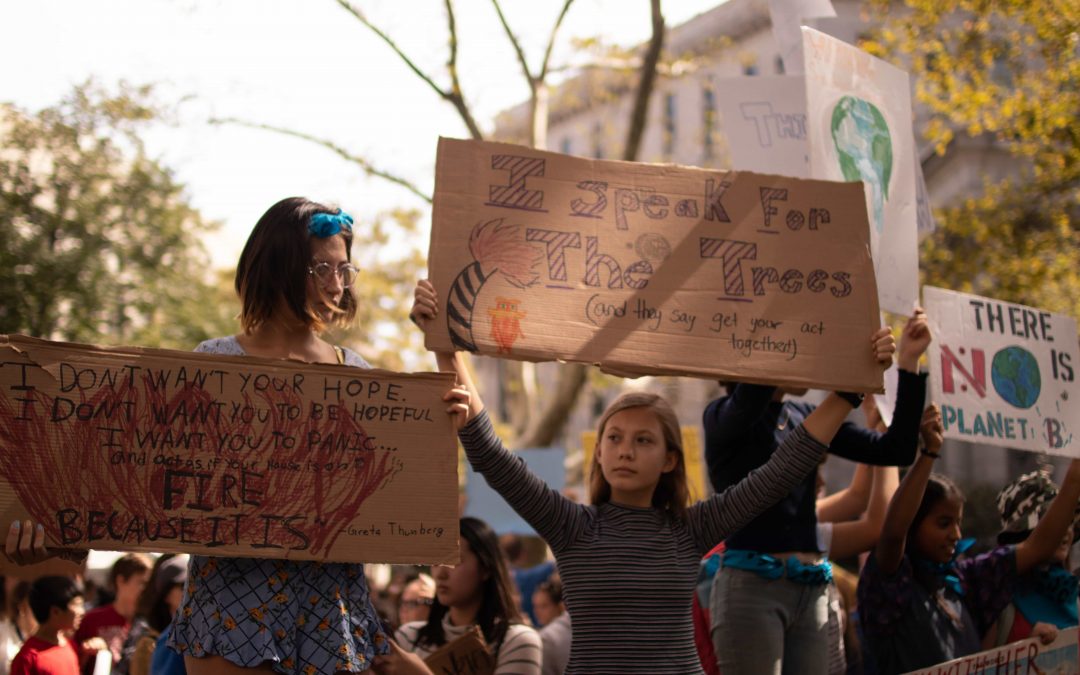- Anti-Racism Tip #8: If It Needs a Disclaimer, Don’t Say It - October 18, 2022
- On Tender Moments that Take Us By Surprise - May 18, 2022
- Finding Creative Ways to Exercise During the Pandemic - April 29, 2022
Have you ever been to a protest?
When I was growing up, one of the events our family participated in every year was a Walk for Peace in Vancouver, BC. This annual Walk for Peace began in 1982 to protest the escalating nuclear arms race and advocate for redirecting funds from nuclear weapons to the social good. 168 different groups cooperated to create Vancouver’s first Walk For Peace; 35,000 people gathered that first year in 1982, 65,000 in 1983, and participation rose to 100,000 by 1984.
Every year, the four of us kids would prepare signs advocating peace and protesting war on brightly coloured bristol board. When I was about 8 years old, I remember wearing fluorescent orange signs that said: “Yes Peace” on the front and “No War” on the back. As I walked along beside my parents, I noticed a photographer trying to take a picture and I quickly got out the way of his shot. My Mom later told me: “I think he was trying to take your photo!”
By 1983, Vancouver designated itself a nuclear-free zone and subsequently initiated the Canadian Network of Cities for Peace and Disarmament, which took a proactive stance against nuclear bombs. The Walk for Peace was held for 30 years and there are currently talks of reviving it in Vancouver.
My memories of participating in these annual Walks for Peace are vivid. They comprise just another aspect of the extraordinary family life our parents created for us. As I look back, I realize that there are good reasons that my parents have always been deeply committed to social justice. My mother was interned during WWII in Japanese-Canadian internment camps. During that same time period, my father lived through the Nazi occupation of the Channel Island of Jersey in England. Both my parents, therefore, had early experiences that ingrained in them the importance of fighting against oppression and state violence and advocating for equality, respect for human rights, and social justice.
But not everyone was born to parents like mine and so I have realized that many people, particularly in North America, didn’t grow up attending protests or understanding the importance of civil disobedience. I became aware that in the context of human rights abuses and social justice issues, protests are more likely to be led by people of colour and Indigenous communities fighting against injustice. And I have learned that as we get older, even those of us who are taught at an early age about the importance of peaceful protests, social justice and activism, can become complacent.
Recently, a great opportunity arose for my husband and I to pass on to our children the importance of standing up and showing up for a peaceful protest to advocate for what we believe in. My family participated alongside friends and colleagues with millions of other people around the world in the Global School Strike for Climate Action, inspired by Greta Thunberg. My kids were wearing signs as they walked along advocating for the environment, for more action to protect it, and for a dramatic shift in the way we live to secure their futures.
So it seems that now, more than ever, in this era of complacency, we need protest. We need to teach our children about the importance of peaceful protest, civil disobedience, and social justice so that they understand why they must stand up and show up for causes they believe in.
So pick a cause (if you haven’t already).
Find out about the next protest.
Make those signs.
Choose your favourite protest shirt.
And bring your children so you can model for them the importance of standing up and showing up for what you believe in. Because if we peacefully stand up and show up, together we change the world.
We would love to hear your thoughts, reflections and protest stories in the comments below. And if you enjoyed this article, share it!


Good article. Easy to become complacent and lazy. Hope we can all hear the call for all of us to do all we can to be kind to our Earth.
It’s so important for us to model to our children how and why to take a stand against injustice and support causes we believe in. I have been fortunate to have learned that from you – so thank you for that!
The article is timely and well written. Active participation by parents and children certainly leads the way to bring awareness of serious issues(like climate change, poverty and hunger, wars and weapons of mass destruction, social injustices etc) to the attention of the world leaders for bringing in changes.
I really appreciate you raising all of those important issues that we need to speak with our children about. It’s so important for us, as parents, to model active participation in the democratic governance of our nations and to provide positive pressure for governments and corporate leaders to make changes that address these crises both in Canada and in other parts of the world.
I relate this to the education crisis we are facing under our current government. Your article does come at an important time for kids to be standing up for their rights and their future. Tough times ahead and students need be able to advocate for themselves using appropriate action and language. Great job!
What a great reflection Roni! There are certainly so many pressing issues, like high quality education, good working conditions for teachers and other school staff, and supports for all students regardless of their abilities, that need attention. And students and youth have certainly been active in standing up and showing up to make their voices heard. It’s so important for us as parents and adults to support those efforts as well!